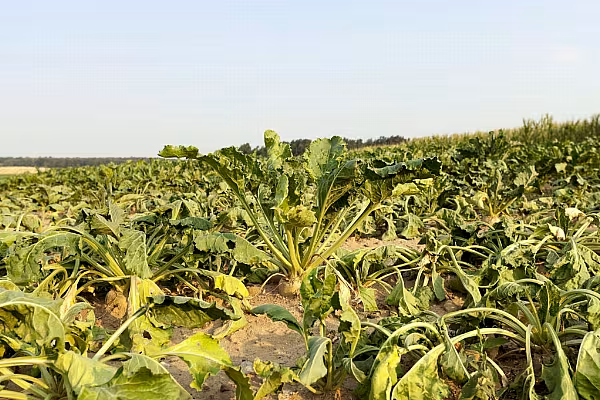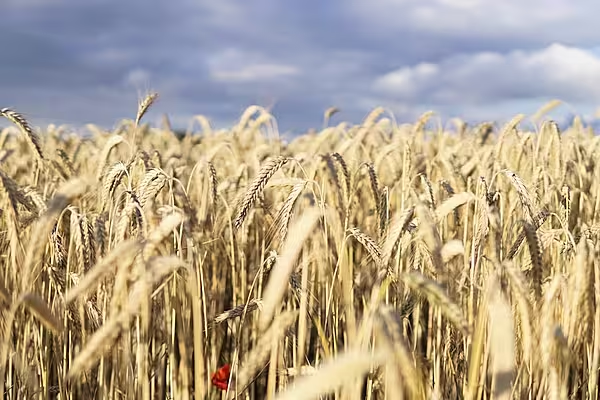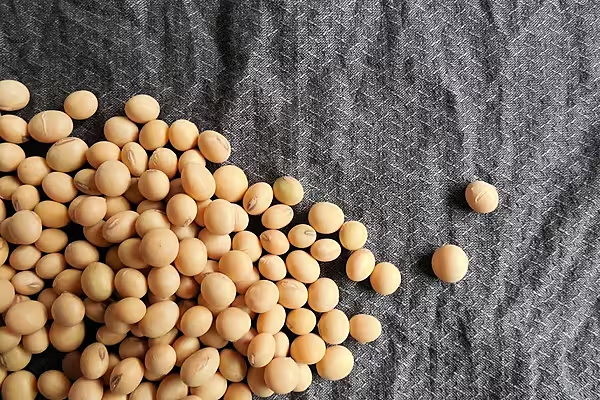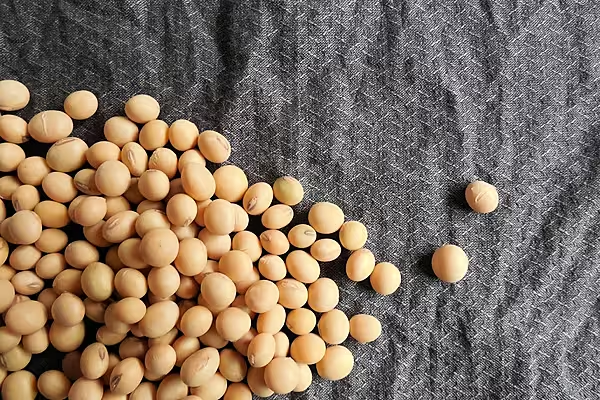Andy Keen's canola crop appears picturesque, bursting with yellow flowers that normally go on to produce pods of valuable seeds. But to Keen's eye, it is a disaster in the making.
Extreme heat and drought has accelerated development of his 1,700-acre (688 hectares) canola crop near Manitou, Manitoba, resulting in flowers appearing weeks early and leaving them vulnerable to shedding petals in the heat before they produce pods containing the small dark seeds crushed for their oil.
Hot, dry weather has swept through western North America, contributing to hundreds of deaths, igniting wildfires and roiling canola and wheat markets in one of the world's most fertile regions. Canada's Prairies produce more canola, used to make vegetable oil and animal feed, than any other global region.
Heat Wave
The result of the heat wave is a potential worst-case scenario where Keen's canola may reach only 20% of last year's yield.
"My canola is hanging on by a thread," Keen, 42, said, kicking at the hard, cracked dirt in a bare patch of his field, raising a plume of dust.
It's been 33 years since conditions were this dry on his farm, Keen said, going back to his boyhood.
Worries about heat damage have driven canola futures to a new high for harvest delivery and taken spring wheat futures to the highest in eight years.
Major Canadian Export
Spring wheat, another major Canadian export, is also struggling on the Prairies and in North Dakota, the biggest US producer of the crop. In that state, 50% of spring wheat is in poor or very poor condition as of 4 July, according to the North Dakota Wheat Commission.
Southwestern Manitoba is Canada's ground zero for a drought that also stretches west across southern Saskatchewan and Alberta, according to the federal government's Canadian Drought Monitor. Environment Canada forecasts showers for parts of the area on Thursday before temperatures heat up again.
Crop conditions are rapidly deteriorating, the Manitoba government said on Tuesday in a weekly report.
Conditions vary widely across the Prairies, but overall, Canada's canola and wheat crops may be millions of tonnes smaller than they appeared a few weeks ago, said Bruce Burnett, director of markets and weather information at Glacier FarmMedia.
Like canola, spring wheat crops are parched. Ted Dyck is worried about what he sees at his Winkler, Manitoba farm.
"If you didn't know what you're looking for, it looks fine," he said.
Uneven Growth
But Dyck's wheat fields are wavier than usual, evidence of uneven growth. Crops are short and rows are thin in places, with many plants producing just a main stem and no secondary shoots necessary for a decent harvest.
"Lots of damage is done, there's no doubt about that," Dyck said. "I tend to be an optimist, but realistically, I think we're looking at half a crop at best."
Those prospects are chilling for the world's mills, which prize Canadian spring wheat to produce flour for breads and crackers.
"Declining Canadian wheat conditions are always a concern," said Buck Vanniejenhuis, general manager for Canada of Ardent Mills. Domestic mills are likely to get enough supply since they account for a small portion of Canadian spring wheat demand, with the rest exported, he said.
A second Canadian miller, who declined to be named citing market sensitivity, said consumers will notice higher store prices for wheat products by fall if the crop does not recover.
Back in Manitou, Keen and two friends, trying to find grim humour in a looming disaster, bought white flags of surrender, and intend to fly them on their farms if this week's rain forecast fails to materialise.
"We are right on the brink," he said.
News by Reuters, edited by ESM. For more Supply Chain news, click here. Click subscribe to sign up to ESM: European Supermarket Magazine.














